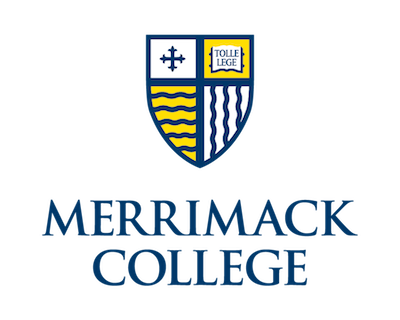Below is a summary of the abstract you submitted. Presenting author(s) is shown in bold.
If any changes need to be made, you can modify the abstract or change the authors.
You can also download a .docx version of this abstract.
If there are any problems, please email Dan at dar78@pitt.edu and he'll take care of them!
This abstract was last modified on March 16, 2021 at 10:34 p.m..

Argent26 and Quallification are two new cluster E Mycobacterium smegmatis phage that join three others discovered by the Merrimack College SEA PHAGES team: Emmina, Hopey, and Paperbeatsrock. Three came from the Merrimack College campus, while the other two were from areas within a 30 mile radius in northeastern Massachusetts. Quallification was a direct isolate but the rest were the products of enriched isolation. The soil samples were all reported to be moist, from mud, mulch or a garden bed. All of these phage are temperate of the siphoviridae morphotype. Their genomes are approximately 75,000 bp in length with a similar organization. All possess a tyrosine integrase from the same pham (4569), and have two tRNAs in tandem at roughly the same position, around 62kb, between an hnh endonuclease represented in clusters E and L, and a protein of unknown function from a pham found exclusively in cluster E. Most of the genes are oriented in a forward direction with the exception of two clusters encoding small peptides of unknown function. One group is found mid-genome, and the other in the distal part. Most of these proteins belong to phams represented in only a small sampling of other phage clusters, and many are exclusive to cluster E.
